Nikola Tesla – A short biography
Friday, 01.09.2006.
12:20

Nikola Tesla – A short biography
Tesla received his name after his paternal grandfather. He began his schooling in his hometown, where he spent the most careless years of his life. After a tragic accident in which the first-born son in the Tesla family, Dane, lost his life, the family moved to Gospic where the young Tesla continued his schooling. While in school in Gospic, and later at the High Real Gymnasium in Karlovac, he was tormented by the fact that he would have to continue his family tradition and become a priest. This circumstance did not give him peace because he was genuinely interested in natural sciences. After completing the Karlovac gymnasium, on vacation, having come back to Gospic, the young Tesla became ill of cholera. At that time, this wicked illness was taking many lives.“In a moment close to death when they thought it was my last, the father burst into my room. I still remember his pale face while he tried to cheer me up, with a faltering voice. I told him: ‘Maybe I could recover if you let me study engineering.’ ‘You will go to the best engineering school in the world, he told me solemnly, and I knew he meant it.”
As a miraculous recovery really took place, and as his father had promised, Nikola Tesla enrolled in the Upper Technical School in Graz. During those much-coveted studies, Tesla expressed more than necessary interest for passing the subjects. Thus he wanted to show his father that he was not wrong for allowing him to dedicate himself to studying the mysteries of mathematics, physics and mechanical engineering. Still, in spite of the praises of professors he received in his certificates, his father was seemingly uninterested in his son’s success.
“That almost killed my ambition; but later when my father died, I was shaken when I found a bundle of letters my professors wrote suggesting to him to take me out of school if I did not want me to kill myself by working too much.”

“Maybe Mr. Tesla will do great things, but he will certainly not succeed in doing this. That would be like turning one constant attracting force such as gravity into a rotational one. It is a perpetuum mobile, an impossible idea.”
In 1879 Nikola Tesla received his first job; he started working as an assistant engineer in Maribor. The same year his father died and, in order to fulfill his father’s wish to finish college, in 1880 Tesla enrolled in a school in Prague. The following few years represented a significant period in the career of Nikola Tesla. After a job in Budapest in the Central Telephone Office, the invention of the rotating magnetic field followed (in February 1882). That same year, with the recommendation of his superiors, he got a job in Paris at Edison’s Continental Society. He spent two years there with various and very responsible jobs and, as his abilities could not pass unnoticed, he was recommended to Edison himself. At that time Edison was the most significant engineering figure in America, the hero of electricity celebrated by the entire nation. In 1884, he gave Tesla a job in his laboratory in New York, but their collaboration did not last very long.

Years in which Tesla worked with Westinghouse’s engineers on the practical application of his inventions followed. On July 30th 1891, Nikola Tesla received American citizenship.
Tesla spent a good part of 1892 in Europe. Through numerous lectures he promoted his ideas. He gave a lecture “Experiments with high-voltage, high-frequency alternating currents” in England at the institute of electrical engineers and at the Royal institute. He repeated the same lecture in Paris at the International Society of Electrical Engineers and French Physics Society. He managed to visit Belgrade the only time in his life, and he stayed there for three days. That same year, 1882, Tesla remained without the other parent. His mother died, and the loss effected him greatly.
After returning to America, a new fight followed. The proponents of the use of direct current and at the same time opponents of the use of alternating current violently attacked it criticizing and warning about the dangers its use brings. In this conflict known as the “War of Currents,” those who had a little more vision triumphed. The world exposition in Chicago was lighted that year with the help of alternating current.
Research in the filed of wireless transport of signals and energy followed. Tesla publicly presented his idea and intention to direct his research towards that goal in a speech during the opening of the Electric plant at Niagara Falls in 1897. What was the expression on the faces of the people who, just after witnessing the transport of electricity to longer distances, are told about its wireless transport?

Probably intrigued with the essay as well, J. P. (John Pierpont) Morgan (1837-1913), at that time one of the wealthiest people in America, offered financial support to Tesla. Collaboration was achieved on the project “World Radio System,” which Tesla led in his lab on Long Island. Already after a year, nevertheless, in 1901, Morgan stopped financing Tesla. The reason for breaking off the collaboration was the successful transatlantic sending of a radio message achieved by Guglielmo Marconi (1874-1937). Tesla admitted to Morgan that he could have done something like that long ago, but that wasn’t the goal of his research. Morgan was furious because of this, as he saw it, concealment, and he never collaborated with Tesla again.
Tesla somehow managed to continue the project until 1905 when he completely exhausted the sources of financing, and he was forced to abandon it. Years in which he worked on improving the existing and patenting new inventions in the area of mechanical engineering followed. Those years were pretty difficult for him. The public was reminded of the great genius in 1917 when he was awarded Edison’s medal, the greatest American award in the area of engineering. In 1919, Nikola Tesla published his autobiography through a series of articles in the magazine Electrical Experimenter. To the people who were not close to him, the news about Tesla came through newspaper articles in which they were able to read his often overly sensationalistic statements.
Statements such as “How to Send Signals to Mars” and “The Breaking of Tornadoes” did not contribute to his reputation. At that time, they were considered more a result of a rich imagination than possible scientific achievements. Tesla somehow survived thanks to his friends and a modest pension he reluctantly accepted from the Yugoslav government. His health was significantly worsened after the death of his friends Robert Underwood Johnson and Richmond Pearson Hobson in 1937. That year he also had a traffic accident – he was hit by a taxi while he was crossing the street.
Nearly alone, without a family, only in the company of his nephew Sava Kosanovic (the son of Marica Kosanovic) and a couple of friends, Tesla rarely appeared in public in the latter years of his life. The exception was the visit of King Peter II Karadjordjevic who came to meet Tesla in his apartment in June 1942.

In his 87th year, in hotel New Yorker, on January 7th 1943, the heart of this noble scientist stopped beating. In the cathedral of Saint John the Theologian, on January 12th, two thousand people gathered, among whom a large number of inventors, Nobel-prize winners, internationally recognized figures from the field of electrical engineering, Yugoslav diplomats.
Two days earlier, the mayor of New York, Fiorello LaGuardia, held a commemorative speech broadcast live by radio New York.
…Tesla was a great humanist –a pure scientific genius – a poet in science… He did extraordinary, amazing, wonderful things during his life. He did it simply to serve the human kind – and he did not ask anything for his services.
Money – he did not care about it.
Honor – who is the person who can honor another person.
That was his position.
Gratitude – he did not expect it nor seek it…
A significant part of Tesla lives in his achievement, which is huge – almost impossible to calculate – a part of our life and a part of our civilization, our everyday life, our current effort…"

Today, the name of Nikola Tesla is pronounced loudly, with a lot of respect, which this man deserves. Numerous associations, student and engineer organizations keep the memory of this great man of world science. Many books have been written about him, many stories and possible and impossible theories told about him, but there is only one truth. Nikola Tesla was a great scientist, the man without whose inventions we would hardly be able to live as we do – with a lot of comfort and freedom provided to us by electricity. Our duty is – as a sing of gratitude – to never let his name be forgotten.


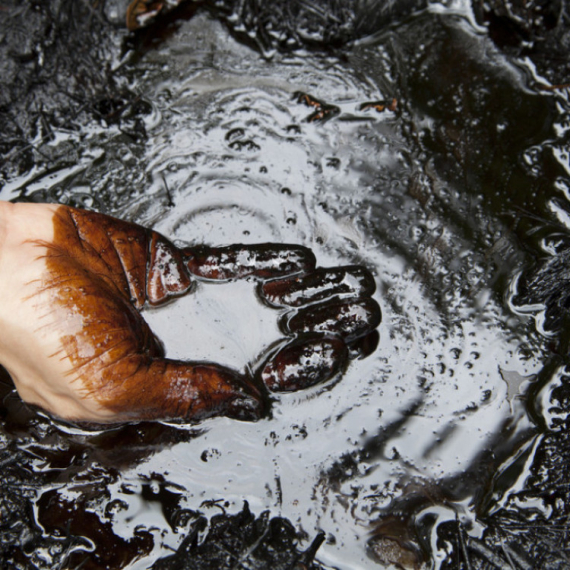
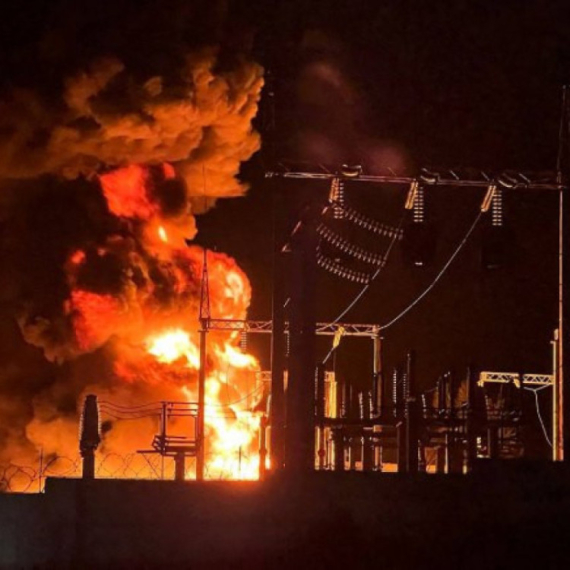
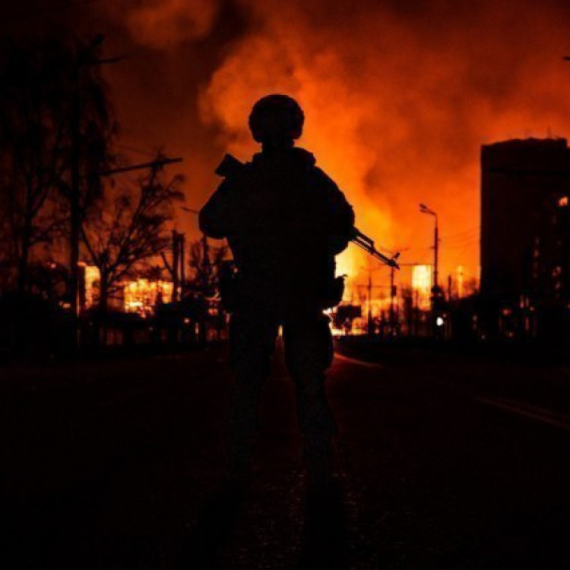
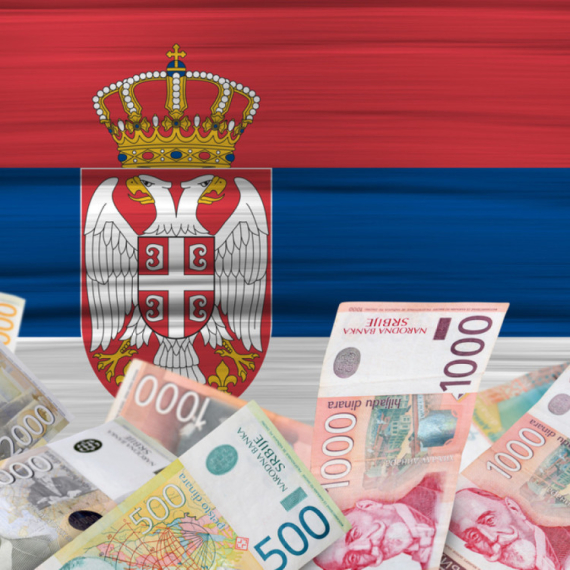
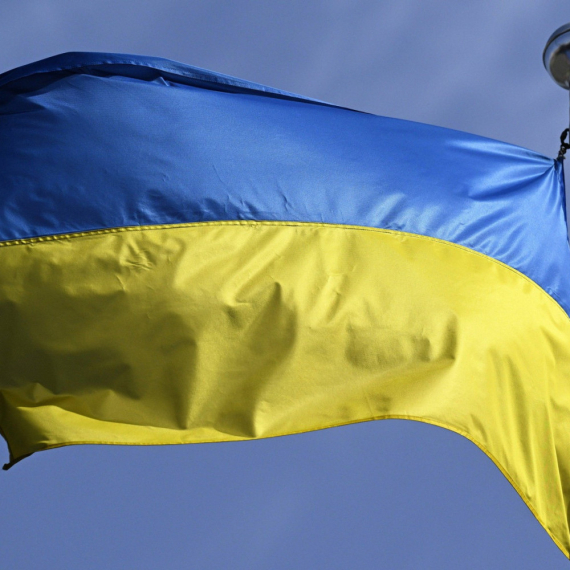



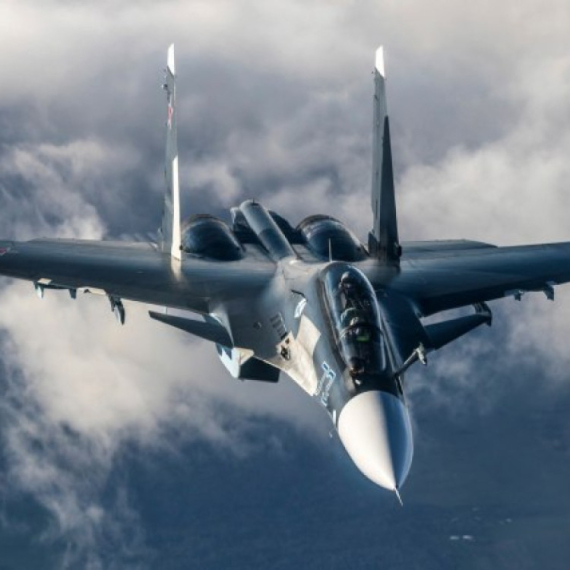
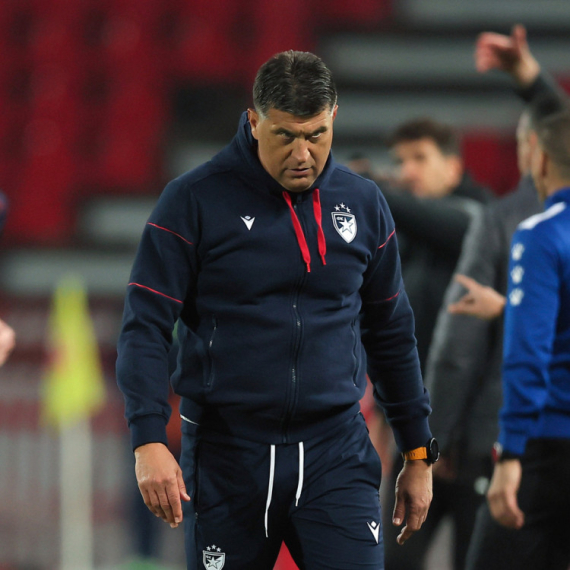
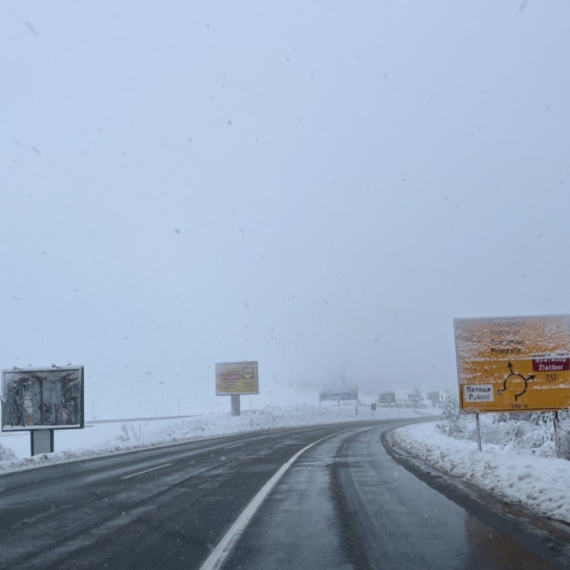
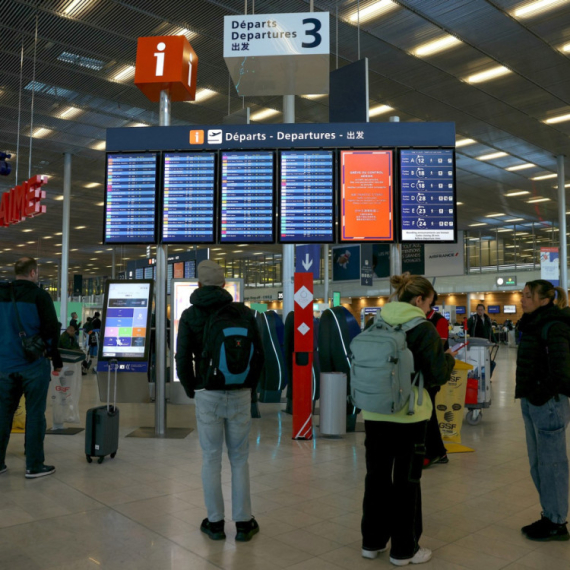
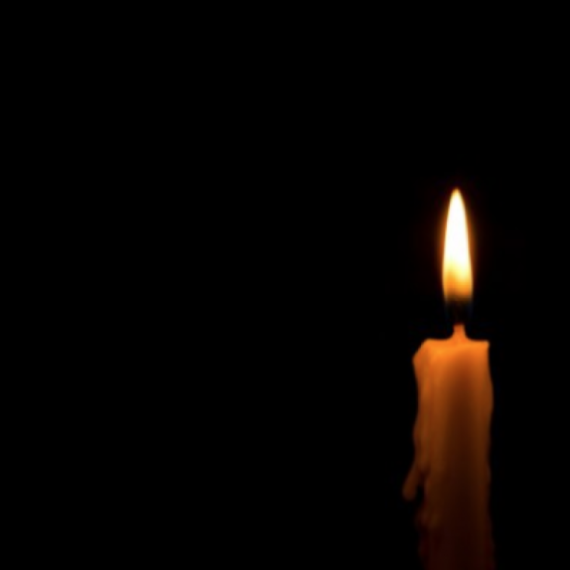

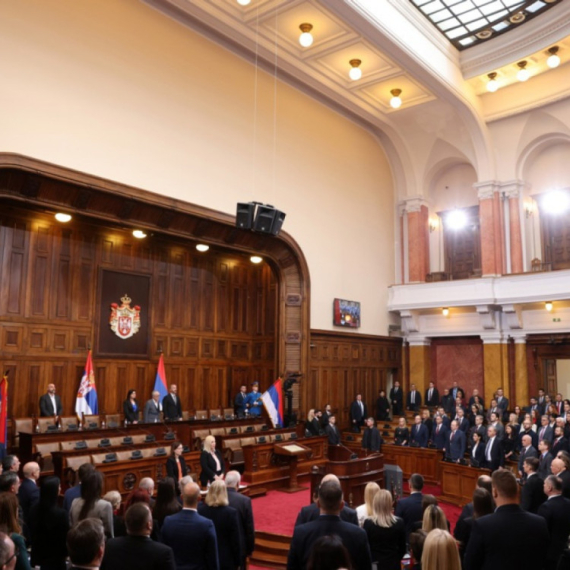
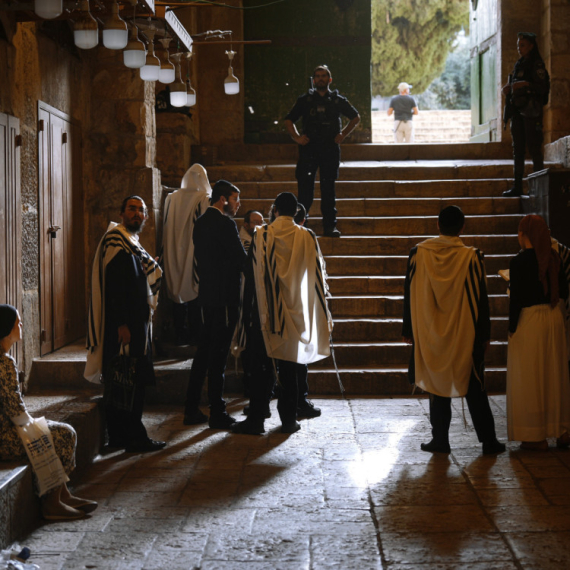
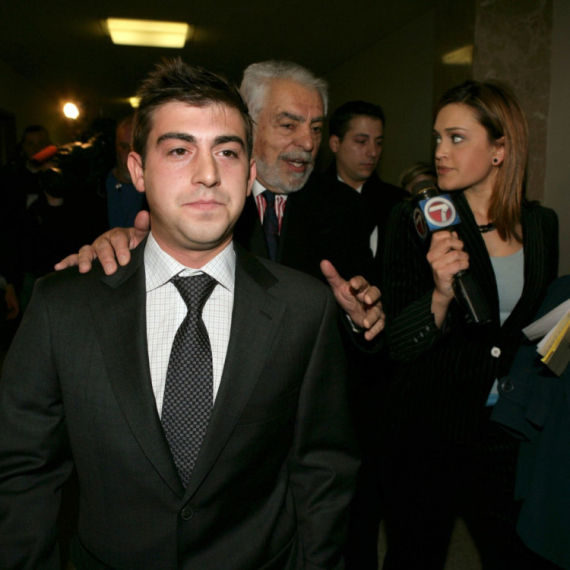
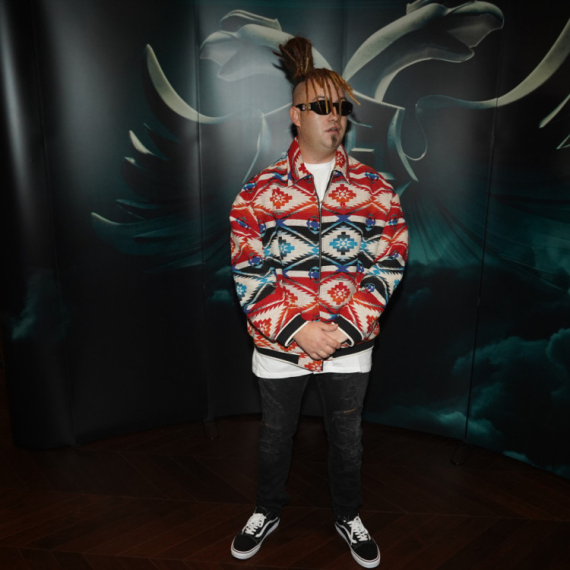
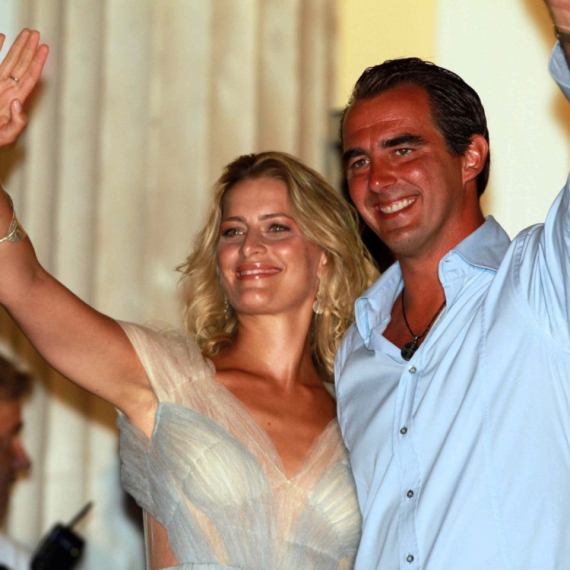
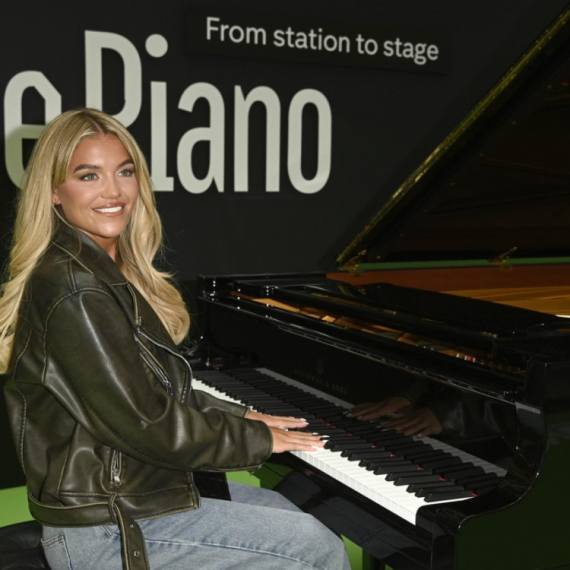


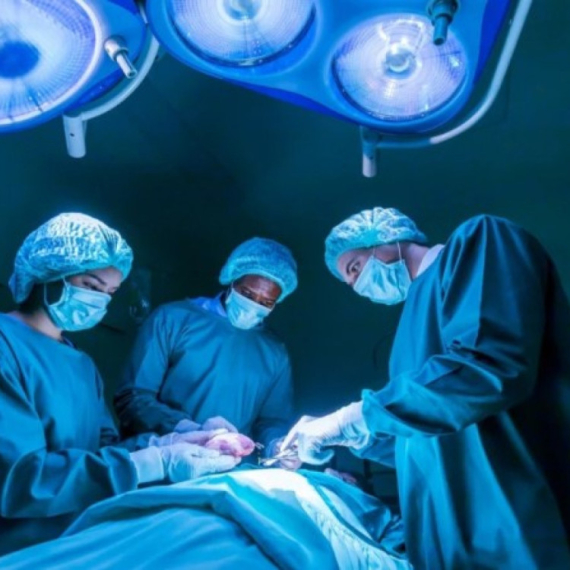


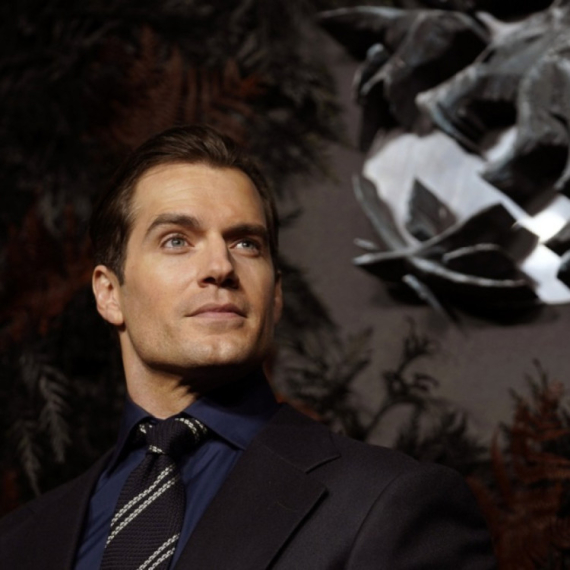

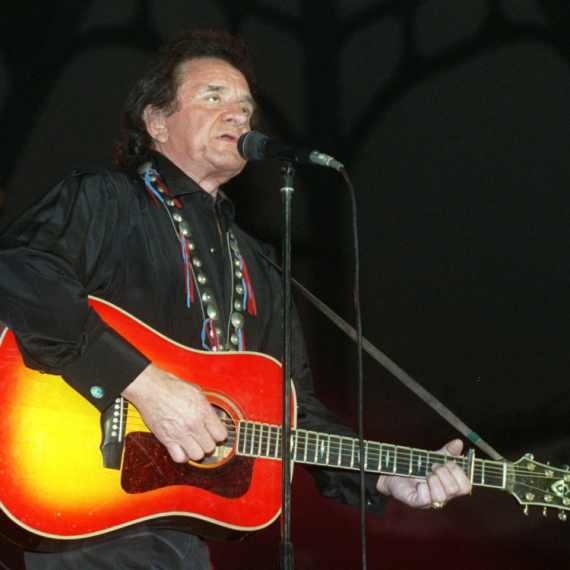
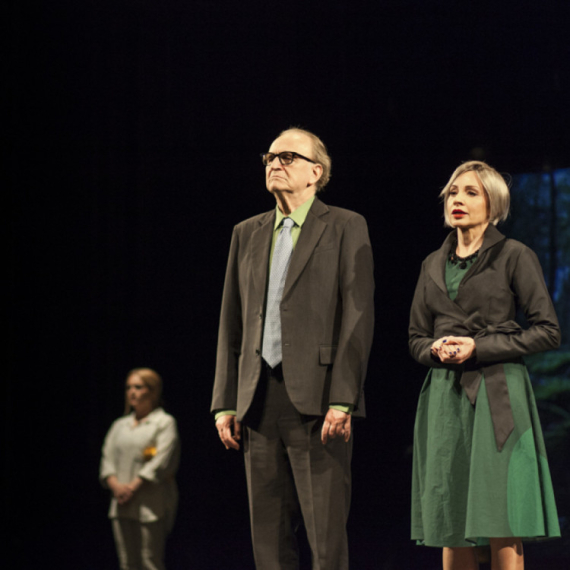
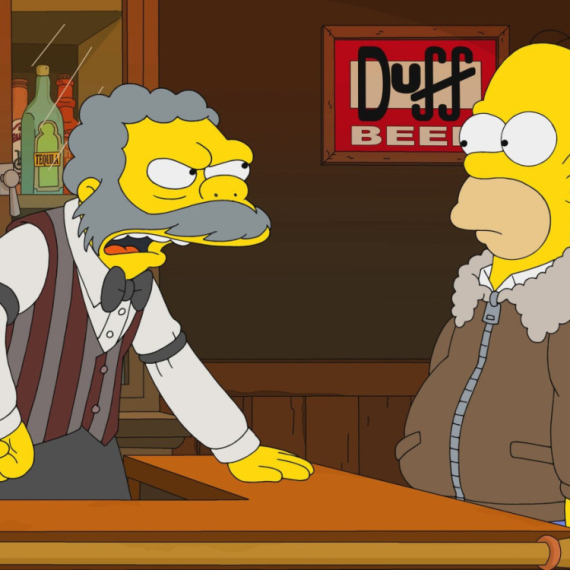





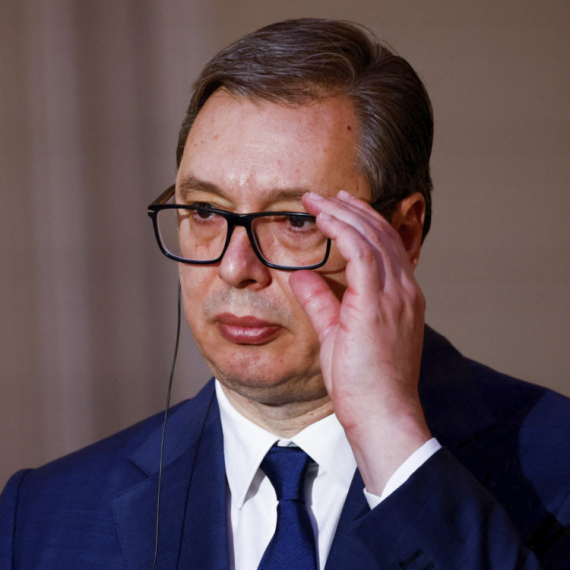
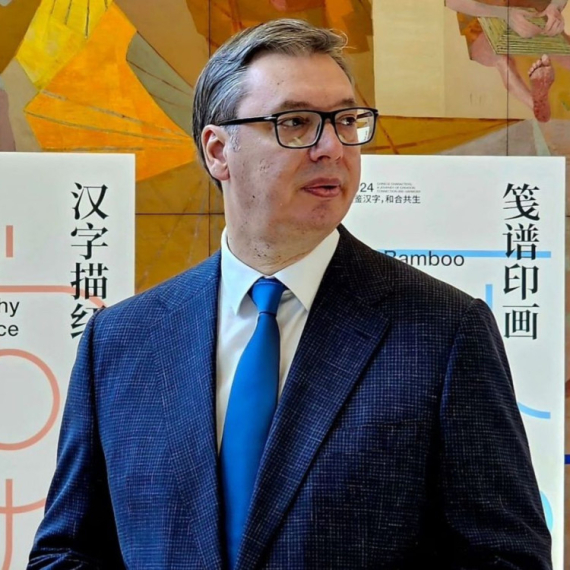
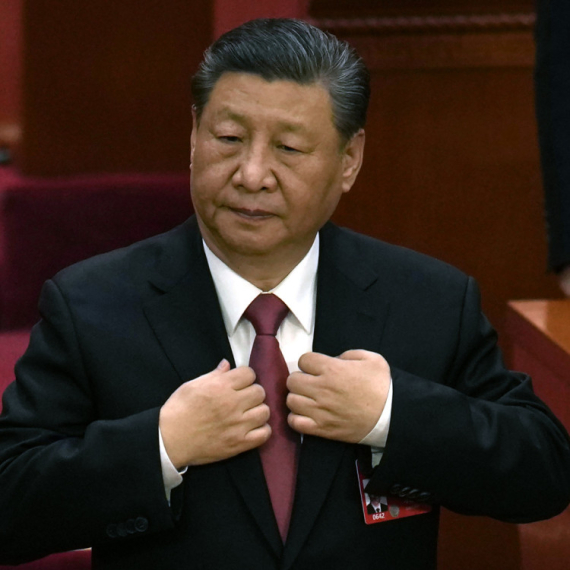
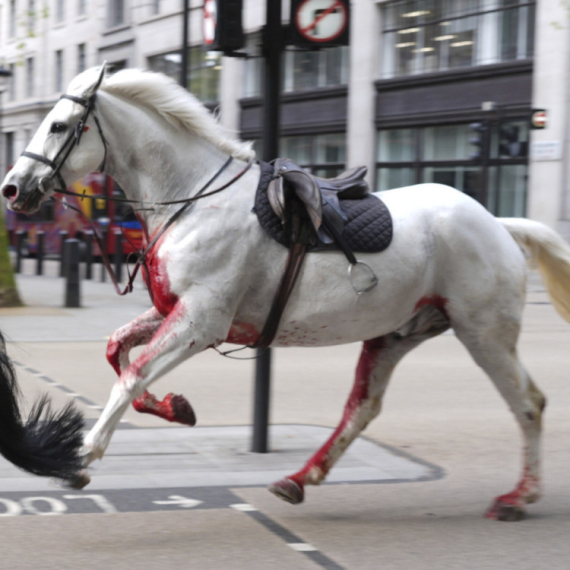
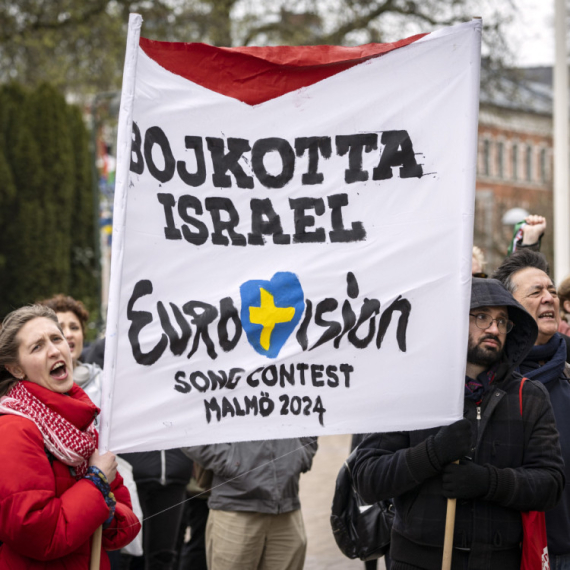
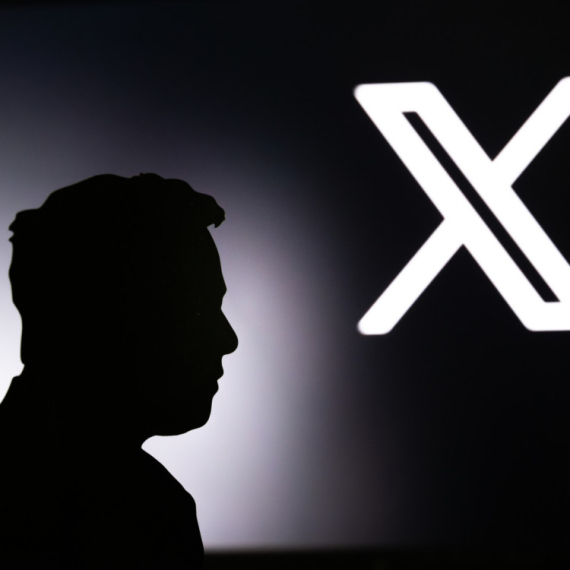
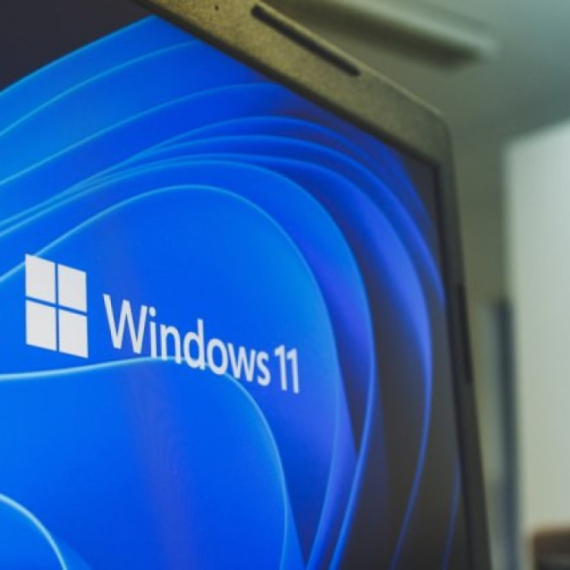
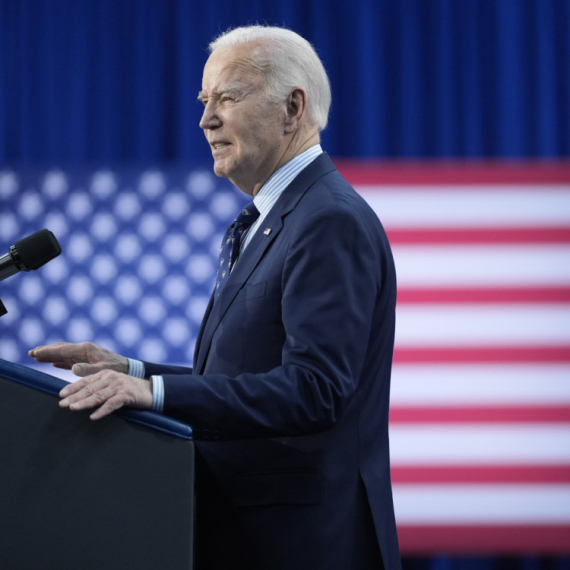
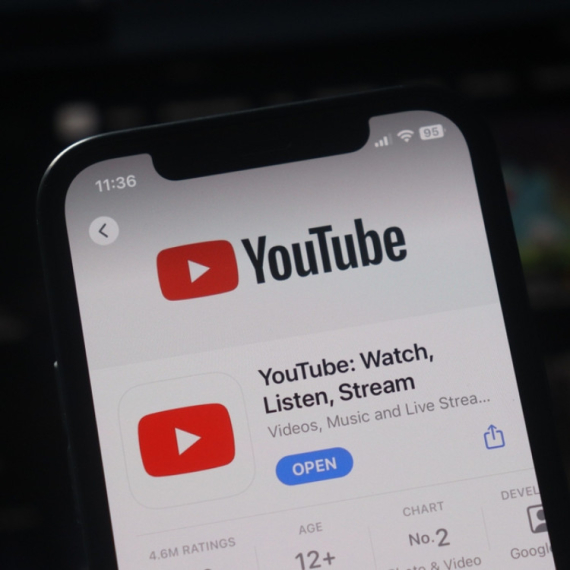
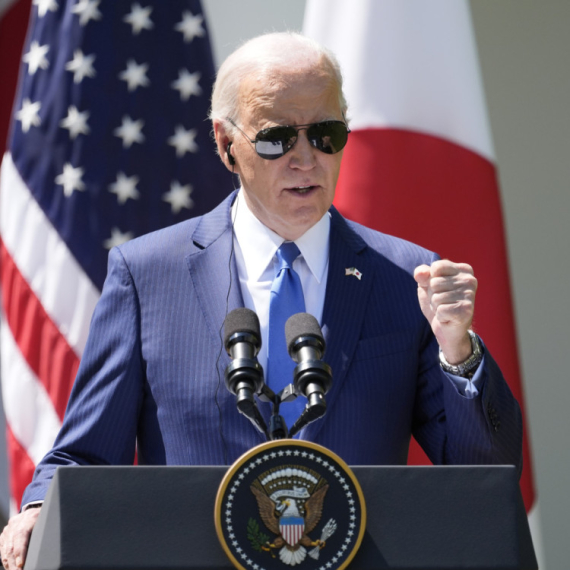
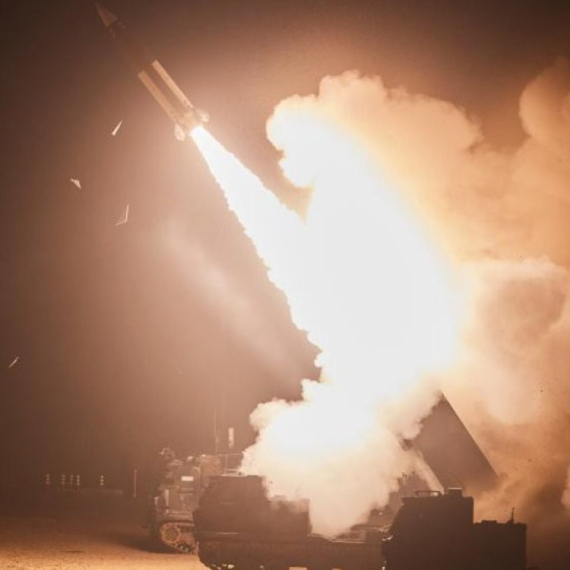
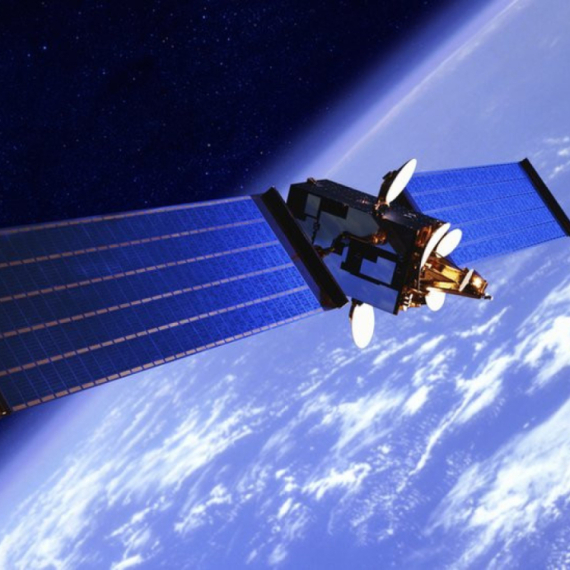
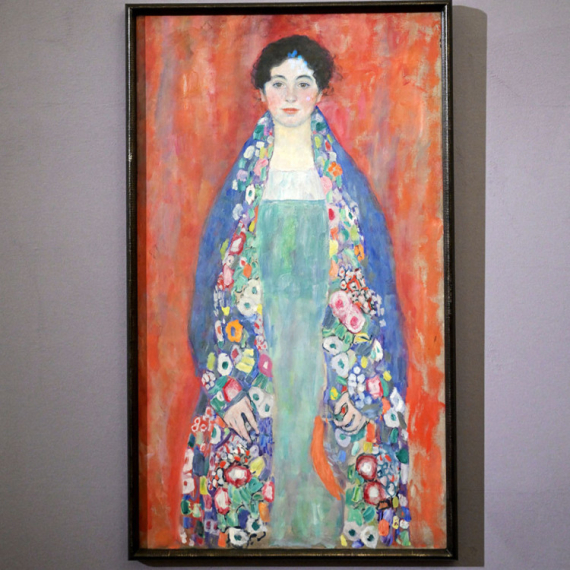
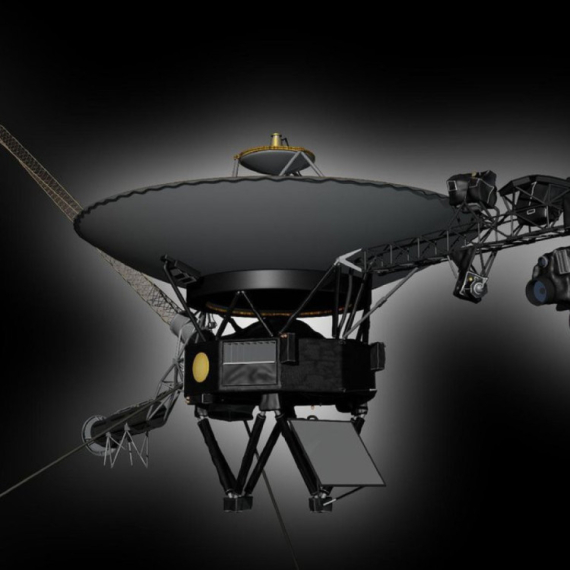
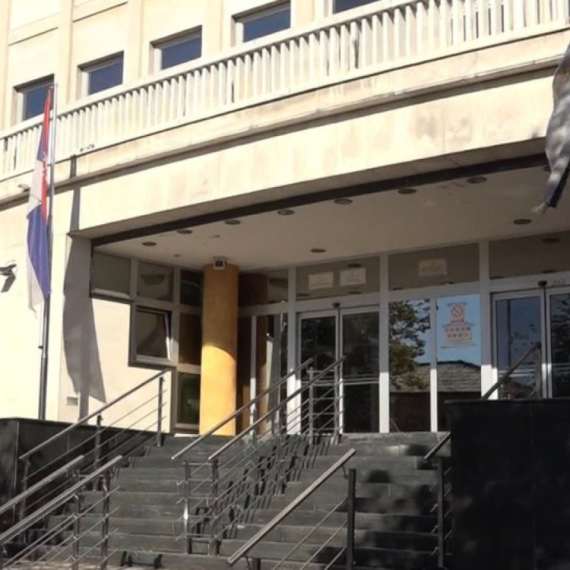

Komentari 8
Pogledaj komentare